You might have heard that cricket is a batsman’s game, and you might have also heard that cricket is a bowler’s game in some instances. But modern-day cricket has proved that cricketers need to be athletic as fielders have been more decisive than ever. Be honest with yourself; how many matches have you witnessed that went down the drain, and the bowling team ended up winning by 5 runs or less? Let us tell you; there are overall 142 matches like these. So, cricket field positions have become an essential part of matches over the place.
The ultimate responsibility for setting the field lies with the captain. The skipper will consult with the bowler, but it’s down to the man or woman in charge to set those positions. But before, you need to know the described fielding positions and their names. So, in this guide, we will explain some common fielding positions in modern-day cricket. Before we move with the fielding positions, let us briefly understand some things regarding the fielding positions in cricket.
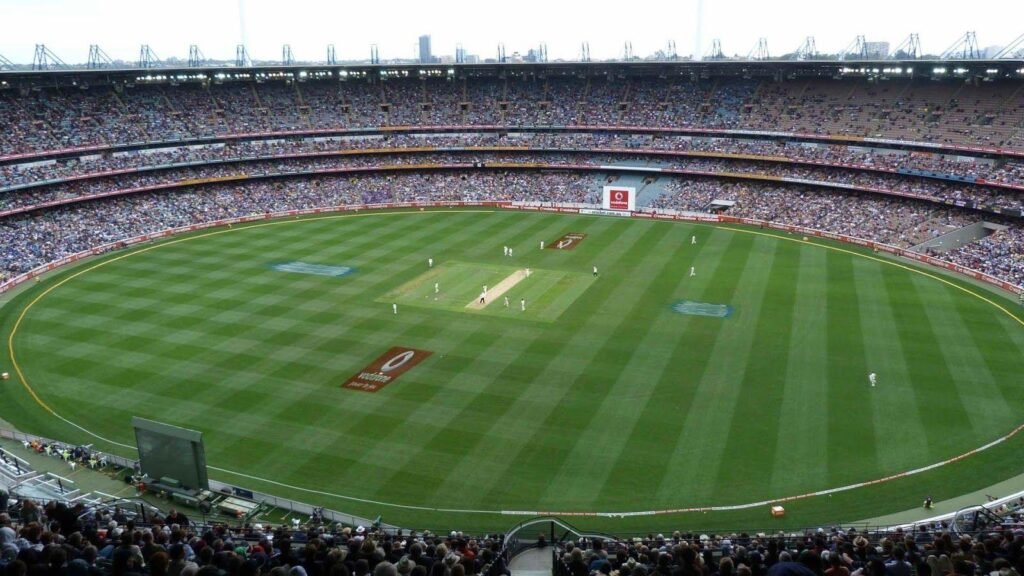
About Cricket Field Positions
1. A cricket field has been Oval since the game’s inception. And the fielder’s position is primarily divided into off and on the side. The offside can be defined as the batsman’s side while batting, and while the other half behind him is the Onside, or we know it as the leg side.
2. The Cricket Field positions have also remained the same over the game’s history.
3. Common fielding positions are slips, third-man, cover, point, mid-off, mid-wicket, square leg, and fine leg.
4. There are certain adjectives in front of the fielding positions like fine, square, deep, long, backward, forward, silly, etc. These prefixes are used to pinpoint the exact positions on the field.
5. A square position is closer to an imaginary line passing through the axis of the popping crease at the striker’s end. More you move towards the direction of the wicketkeeper; the field position becomes finer.
6. The backward and forward positions are closer to the batter’s crease on either side of that crease.
7. Silly positions are the ones that are closest to the batters, and the short positions are slightly farther away from the batter. These are followed by mid positions and then the long or the deep ones closer to the boundary.
All The Cricket Field Positions Explained

1. Slip – Slip fielders stand next to the wicketkeeper as certain positions like first, second, third, and fourth slips stand next to each other and are generally placed in an arc.
2. Fly Slip – A fly slip is the one that stands further away from the wicket in a mid position.
3. Gully – A gully is close to the slips but is located just behind the wicket line on the offside.
4. Third Man – A third man can be either deep or short. However, they usually stand behind the wicket on the offside.
5. Point – A point is a square fielder to the wicket on the offside.
6. Sweeper – Sweeper is one of the current positions, and it applies to the fielding position near the boundary.
7. Long Stop – An out-of-date position, as earlier fielders used to stand right behind the wicketkeeper on the boundary.
8. Deep Mid-Wicket – Deep mid-wicket is advantageous as it is located on the boundary on the leg side.
9. Cover – A most useful position which is situated between point and mid-off.
10. Cover Point – Another specific position that is between point and cover.
11. Extra Cover – On the offside between the cover and mid-off.
12. Mid Off – Mid off is the straight position which is very close to the bowler on the offside.
13. Mid On – Mid On is also the straight position that is very close to the bowler but on the leg or side.
14. Mid Wicket – It’s the halfway position of the bowler and the wicketkeeper on the leg side.
15. Square Leg – At a position square to the wicket on the leg side
16. Backward Square – Backward square fielder stands right behind the square position on the leg side.
17. Leg Gully – As the name infers, the leg gully is the standing position on the leg side. It’s just like the gully but on the leg side.
18. Leg Slip is very close to the wicketkeeper, just like the slips but on the leg side. We often see batters flicking the ball unknowingly to the fielder at leg gully. It’s an unusual position, and batters sometimes do not realize that a fielder has been placed there.
19. Fine Leg – Fine leg fielder is placed at the 45-degree angle between the square leg position and the wicketkeeper on the leg side.
20. Long Leg – Like a fine leg, a leg fielder is placed on the boundary.
21. Long off – Just like mid-off but close to the boundary.
22. Long On – Just like mid-on but close to the boundary.
23. Short Leg – A close catching position, just in front of square on the leg side
24. Wicketkeeper – A wicketkeeper is one of the most crucial positions on the cricket field. The fielder collects the balls after balls from the bowler, and things become more complicated when it’s a test match. A wicketkeeper is responsible for dismissals for caught, run-outs, and stumping.
Endnotes
This is your comprehensive guide on cricket field positions. A captain is the one who usually sets the field with the help of the bowlers, according to their strategy. A fielder must also understand the task wherever they are placed because some of the positions require more attention and attentiveness as compared to some other fielding positions. We hope you liked this article on different fielding positions. Until next time! Goodbye!

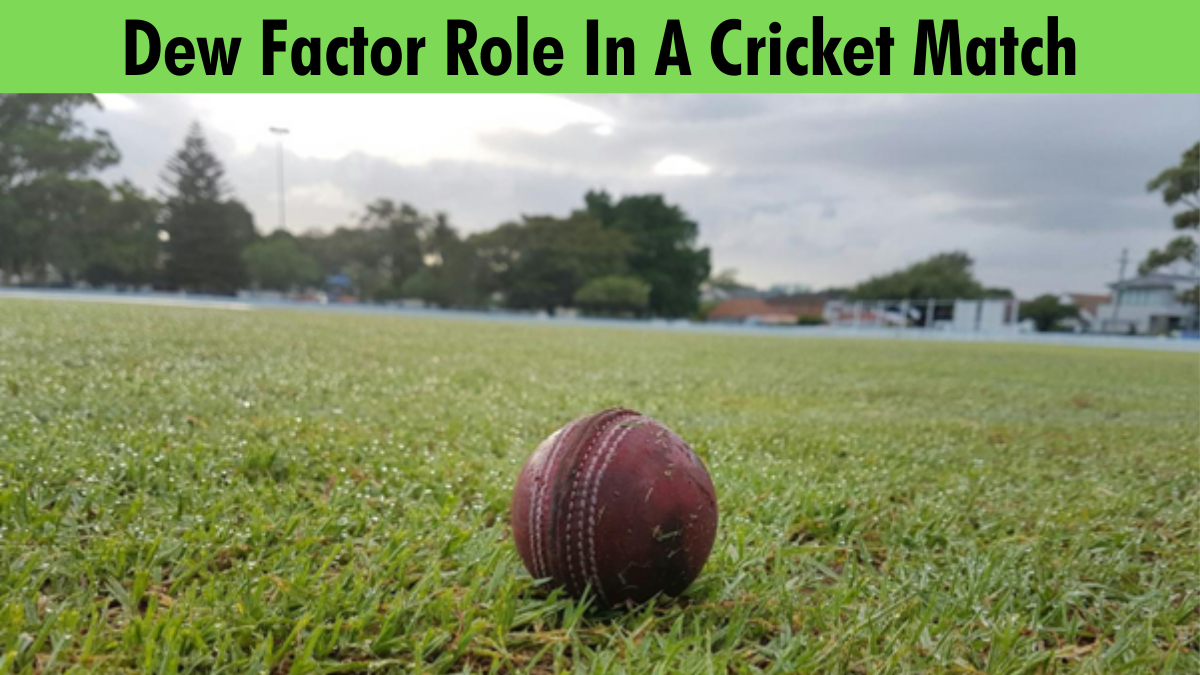
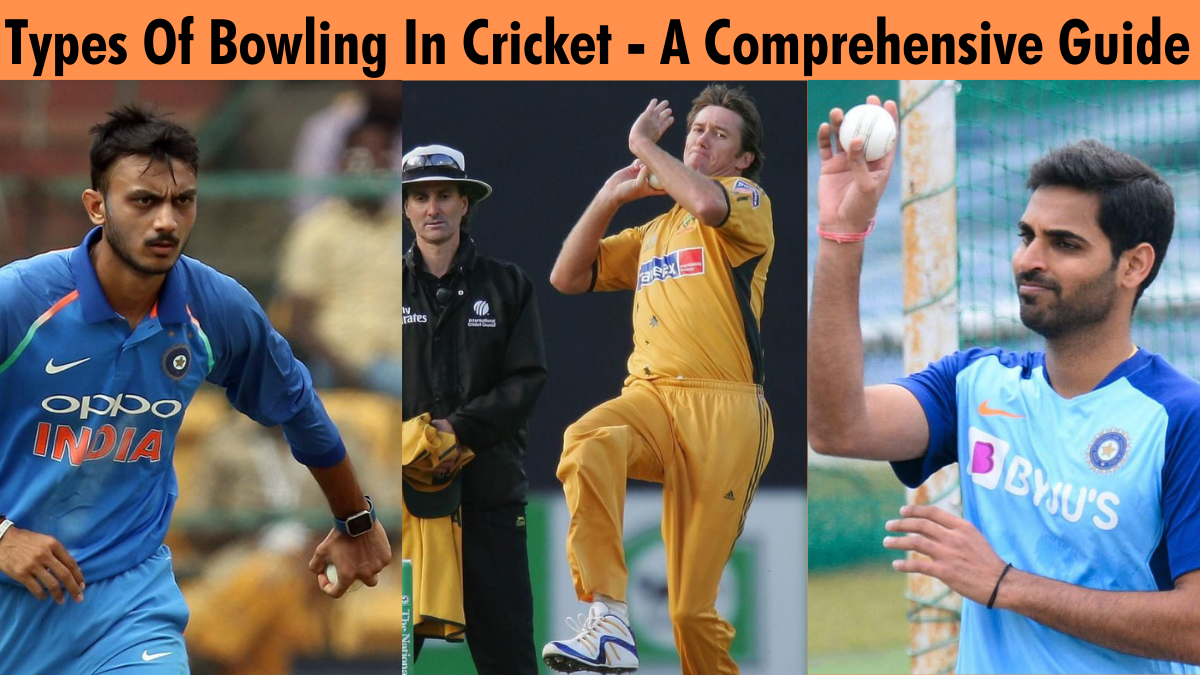


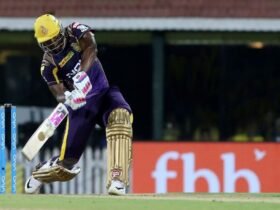
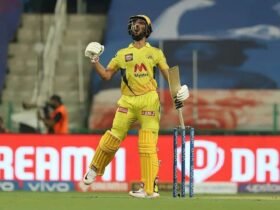
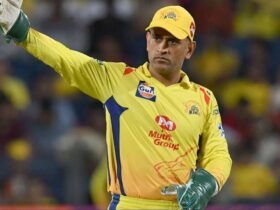
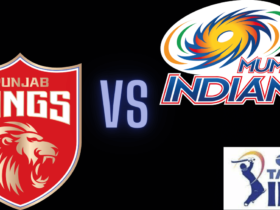
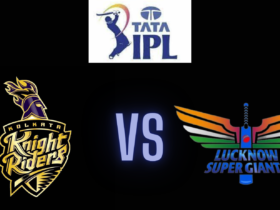
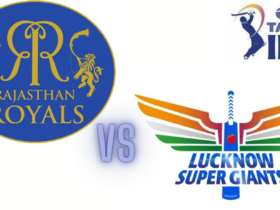
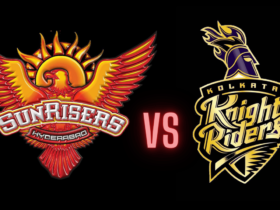
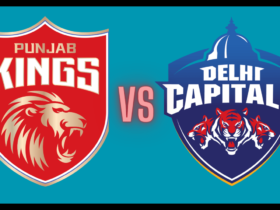


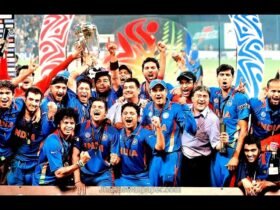



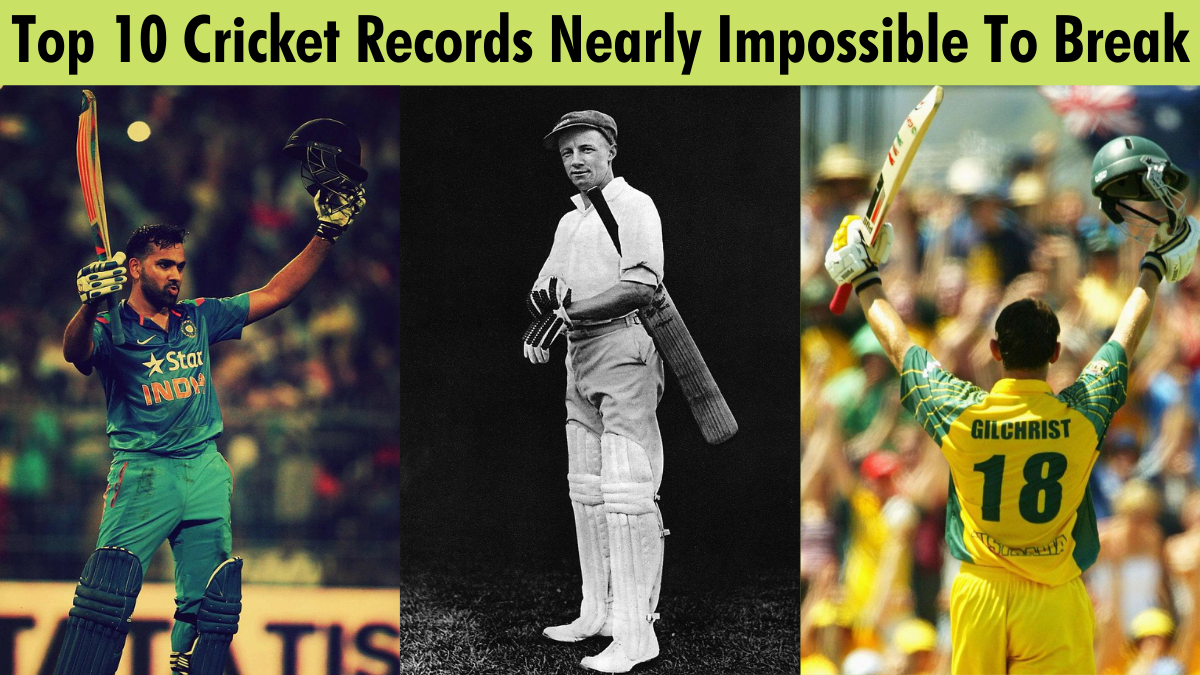



Leave a Reply